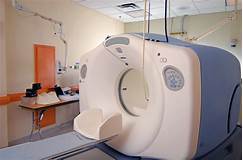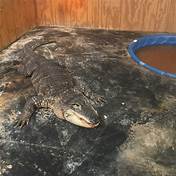What is a PET CT?
A PET (positron emission tomography) CT (computed tomography) scan is a type of medical imaging that combines two techniques: PET and CT. PET scans show the activity and function of tissues and organs, while CT scans show the anatomy of the body. By combining the two techniques, PET CT scans provide both functional and anatomical information, which can be used to diagnose and treat a variety of diseases.

How does a PET CT scan work?
A PET CT scan involves two steps. First, a small amount of radioactive tracer is injected into the patient's bloodstream. The tracer travels throughout the body and accumulates in tissues and organs that are active or diseased. Then, the patient is placed in a PET scanner, which detects the radiation emitted by the tracer. The PET scanner creates images that show the distribution of the tracer in the body.
Next, the patient is moved to a CT scanner, which takes X-ray images of the body. The CT images provide anatomical information that can help to interpret the PET images.
What are the uses of a PET CT scan?
PET CT scans are used to diagnose and treat a variety of diseases, including:
- Cancer
- Heart disease
- Neurological disorders
- Infections
- Inflammation
What are the benefits of a PET CT scan?
PET CT scans offer several benefits, including:
- They provide both functional and anatomical information, which can be used to diagnose and treat diseases more accurately.
- They are non-invasive and painless.
- They are relatively quick and easy to perform.
What are the risks of a PET CT scan?
The risks of a PET CT scan are low, but they may include:
- Radiation exposure
- Allergic reaction to the tracer
- Claustrophobia (fear of confined spaces)
How should I prepare for a PET CT scan?
Before your PET CT scan, you will need to:
- Fast for 4-6 hours.
- Drink plenty of fluids.
- Avoid caffeine and alcohol.
- Tell your doctor about any medications you are taking.
What to expect during a PET CT scan
When you arrive for your PET CT scan, you will be asked to change into a hospital gown. You will then be injected with the radioactive tracer. After the tracer has had time to circulate through your body, you will be positioned in the PET scanner. The PET scan will take about 30 minutes. After the PET scan, you will be moved to the CT scanner. The CT scan will take about 15 minutes.
What happens after a PET CT scan?
After your PET CT scan, you will be able to go home. You will need to drink plenty of fluids to help flush the tracer out of your body. Your doctor will review the results of your scan and discuss them with you.
Declaration: All article resources on this website, unless otherwise specified or labeled, are collected from online resources. If the content on this website infringes on the legitimate rights and interests of the original author, you can contact this website to delete it.



